Introduction to ABB PM866A 3BSE076359R1
1. Product Overview
The ABB PM866A 3BSE076359R1 is a powerful central processing unit module belonging to the ABB 800xA series. This series occupies an important position in the field of industrial automation due to its excellent performance, high reliability, and advanced modular design concept. The PM866A module can seamlessly interface with ABB’s own inverters, motors, sensors and other products as well as third – party equipment, building a stable and reliable control architecture for various industrial applications.
2. Product Parameters
- Voltage: The operating voltage is 24VDC, with a certain voltage adaptation range, and it can usually run stably at 19.2 – 30VDC, ensuring normal operation in different power supply environments.
- Current: In terms of current consumption, the typical value is 210mA at + 24V, and the maximum value can reach 360mA. This parameter reflects the power demand characteristics of the module under different load conditions.
- Processor: It adopts a dual – core architecture, such as the dual – core ARM Cortex – A9 (some data shows that it is a 32 – bit processor of model MPC866 with a clock frequency of 133MHz). The powerful computing core endows the module with the ability to efficiently handle complex control tasks, ensuring the system’s rapid response and precise control.
- Memory Capacity: It is equipped with 512MB RAM (some data also shows 64MB RAM, of which 51.389MB can be used for application programs; it also has 4MB flash PROM for firmware storage, and some data mentions 2GB RAM and 4GB flash). Sufficient memory space provides strong support for program operation, data storage and processing, meeting the data processing needs of diversified industrial applications.
- Communication Ports: It supports a variety of communication interfaces, including Ethernet (with 2 RJ45 Ethernet ports CN1 and CN2), RS – 232/RS – 485 serial ports (2 RJ45 serial ports COM3 and COM4, where COM3 is an RS – 232C port with modem control signals, and COM4 is an isolated port for connecting configuration tools), CAN bus, etc. These interfaces enable the module to exchange data with different devices and systems, realizing the interconnection of industrial networks.
- Operating Temperature Range: It can work stably in extreme temperature environments from – 40°C to + 70°C. Whether in cold polar regions or near hot industrial furnaces, it can ensure the normal operation of the equipment, adapting to various harsh industrial environments.
- Relative Humidity: The allowable relative humidity range is 5% to 95% (non – condensing). It can still operate reliably in humid production workshops or coastal areas with high humidity, without being disturbed by humidity.
- Protection Level: It reaches the IP67 protection level, with excellent dustproof and waterproof immersion capabilities. It can effectively resist the intrusion of dust particles and short – term immersion in water at a certain depth, protecting internal electronic components from damage by the external environment.
- Dimensions: Usually, it is designed to be compact, with specific dimensions of 119mm in width, 186mm in height, and 135mm in depth. This small size is convenient for installation in industrial control cabinets or equipment with limited space, saving valuable installation space.
- Weight: The weight is about 1.2kg (some data shows that model K01 is 1200g, model K02 is 2700g, and some show 2KG). The moderate weight is not only convenient for manual installation and maintenance operations but also ensures the stability of the equipment during operation.
3. Product Specifications
- I/O Module Support: It can connect digital, analog, and special I/O modules, and the number of I/O points can be flexibly configured according to actual industrial control needs. For example, the maximum I/O capacity of a single PM866 module bus can reach 96. When the PM866 is redundantly configured, the maximum I/O capacity of the module bus is 84 I/O modules. The maximum supply current on the CEX bus is 2.4A. The I/O clusters on the non – redundant module bus are 1 electrical + 7 optical, and the I/O clusters on the redundant module bus are 0 electrical + 7 optical. The module bus scanning rate can be adjusted within 0 – 100ms to meet the speed and accuracy requirements for input and output signal collection and control in different scenarios.
- Certification Status: It has passed a number of international certifications such as CE, CULus, GOST – R, and EAC, indicating that the product meets international standards in terms of safety, electromagnetic compatibility, etc., and can be used with confidence in different countries and regions around the world.
4. Product Features
- High – Performance Processing Capacity: Based on a powerful processor and sufficient memory, it can efficiently handle complex industrial control algorithms and a large amount of data operations, achieving fast and accurate control decisions. For example, in large – scale chemical production process control, it can quickly respond to changes in various process parameters and adjust control strategies in a timely manner.
- Modular Design: It supports a modular system architecture, facilitating integration and interchange in the ABB 800xA system. Users can flexibly select and combine different functional modules according to the project scale and needs, such as adding I/O modules with specific functions to expand system functions. During later maintenance, faulty modules can also be replaced conveniently, reducing maintenance costs and time.
- Strong Compatibility: It has good compatibility with various ABB equipment such as ABB’s IRB 1400 and IRB 1600 series robots as well as third – party equipment. It can easily build large – scale and comprehensive industrial automation systems to realize the collaborative work between different equipment. For example, in automobile manufacturing production lines, it can work in coordination with robots, automated conveying equipment, etc.
- Redundancy Capability: It supports CPU redundancy configuration. When the main CPU fails, the standby CPU can quickly take over the work, ensuring the uninterrupted operation of the system. This greatly improves the availability and reliability of the industrial control system. For key industrial scenarios where production interruption is not allowed, such as the continuous production process of petrochemical industry, the redundancy function can ensure the continuity of production and avoid huge economic losses caused by equipment failure.
- Rich Communication Functions: A variety of communication ports and widely supported communication protocols (such as Ethernet/IP, Modbus TCP, OPC UA, etc.) make the module highly flexible and versatile in industrial network communication. It can be easily connected to different industrial communication networks to exchange and share data with upper computers, other controllers, and on – site intelligent equipment.
- Built – in Web Server: It is convenient for users to configure and monitor the module through a web browser. Without installing complex client software, operators can conveniently access the module setting page on any terminal device with a network connection, view the equipment operation status in real – time, adjust parameters, etc., improving the convenience and efficiency of equipment management.
5. Product Uses
- Industrial Automation Control: As a core control unit, it is used for the automation control of various industrial production processes, such as precise control of the start – stop, running speed, and process parameter adjustment of equipment on the production line, realizing the automation, high efficiency, and intelligence of the production process, and improving production efficiency and product quality.
- Data Acquisition and Processing: It can collect signal data from various on – site sensors in real – time, such as analog signals such as temperature, pressure, and flow, and digital signals such as equipment status. It can analyze, process, and store the collected data, providing data support for the optimization of the production process and fault diagnosis.
- System Integration and Communication: In industrial automation system integration, it acts as a bridge connecting different equipment and subsystems. Through its rich communication interfaces and protocols, it realizes data sharing and collaborative work between various equipment, building a unified and efficient industrial automation network.
6. Application Fields
- Manufacturing Industry: It is widely used in industries such as automobile manufacturing, electronic equipment manufacturing, and mechanical processing. For example, in automobile manufacturing plants, it is used to control automated assembly lines, robot welding workstations, painting equipment, etc., realizing high – precision automated control of the production process, and improving production efficiency and product consistency.
- Chemical Industry: It is suitable for process control in chemical raw material production and chemical product synthesis. It can accurately control key parameters such as temperature, pressure, flow, and liquid level in the chemical reaction process, ensuring the safe and stable operation of the chemical production process, optimizing the production process, improving product quality and production efficiency, and reducing energy consumption and raw material waste.
- Power Industry: It plays an important role in generator set control systems and substation automation systems in power plants. It is used to monitor and control the operating status of power equipment, such as the adjustment of generator speed, voltage, and current, and the switching control of switchgear in substations, ensuring the reliable power supply and efficient operation of the power system.
- Oil and Gas Industry: It is applied in oil extraction, transportation, and natural gas processing links. It can automatically control and monitor oil drilling platform equipment, oil pipeline pump stations, natural gas purification devices, etc., ensuring the safe and reliable production and transportation of oil and natural gas, and improving energy production efficiency.
- Food and Beverage Industry: It is used for automated control in the food and beverage production process, such as the speed control of beverage filling lines and the temperature and time control in food processing. It ensures that product quality meets hygiene standards and production process requirements, and improves production efficiency to meet the needs of large – scale production.

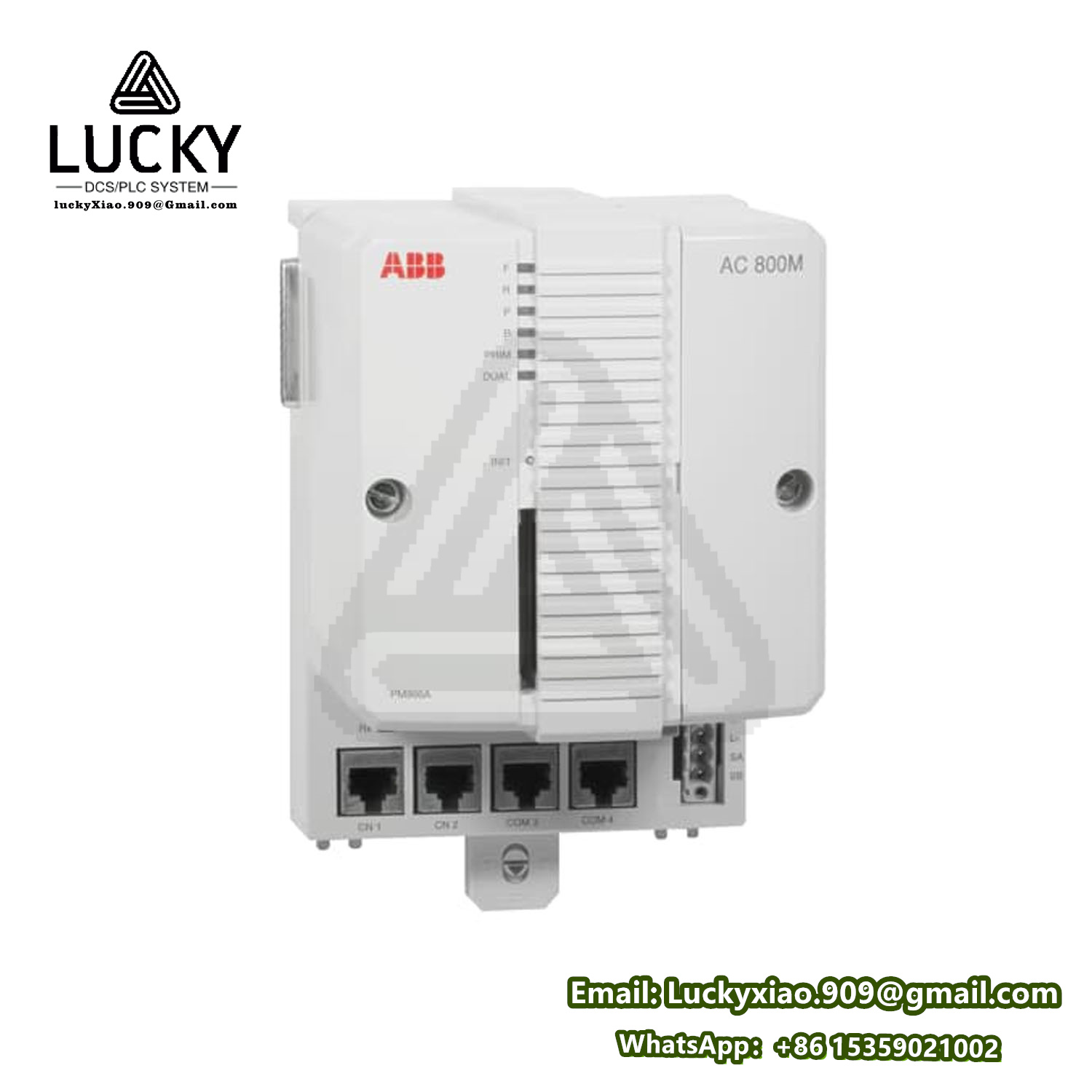
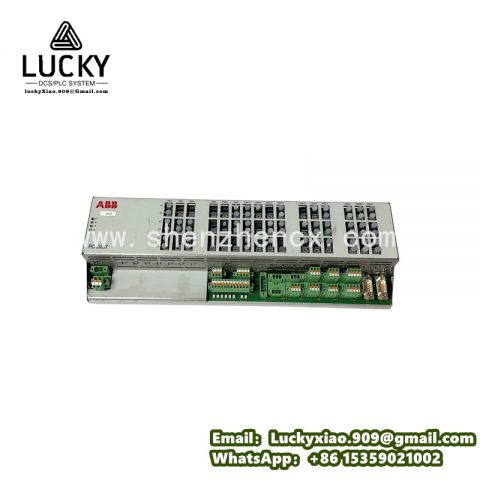
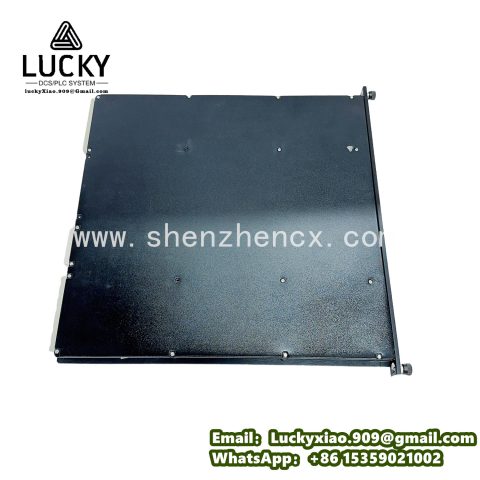
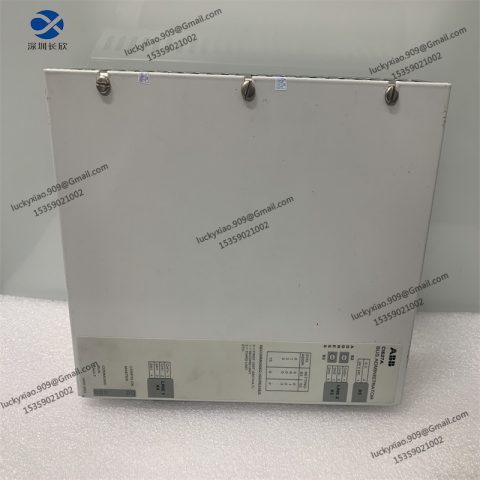
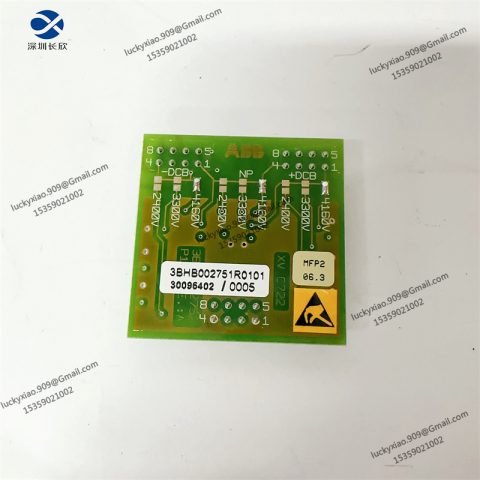
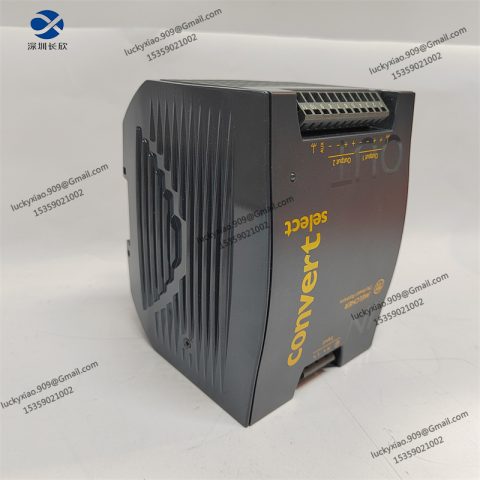
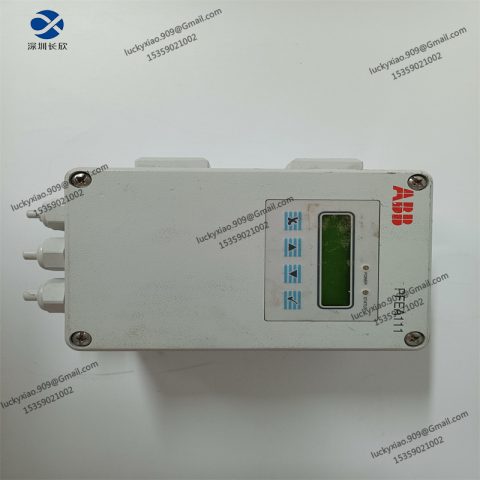
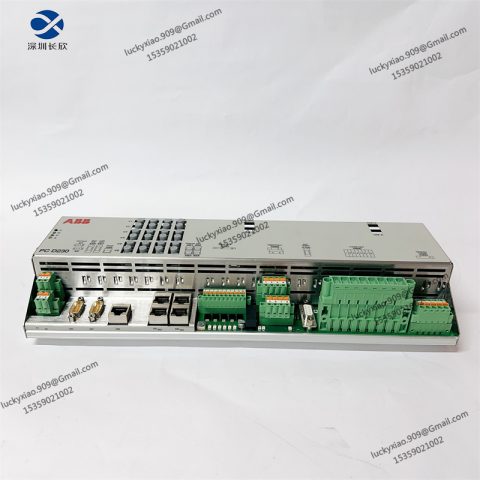
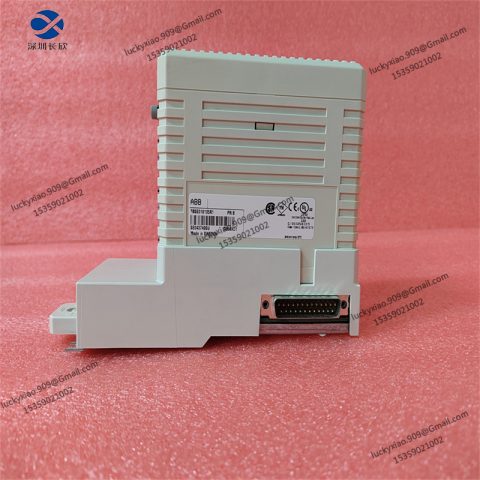
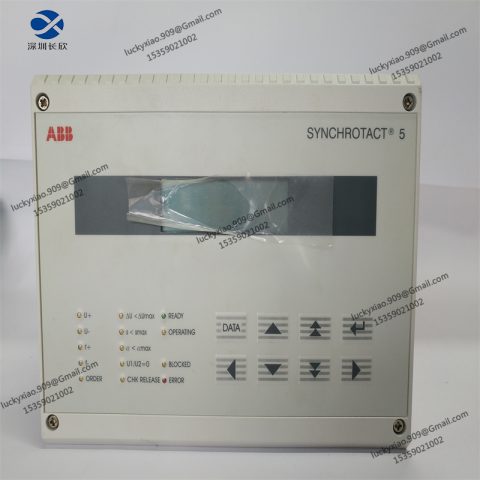
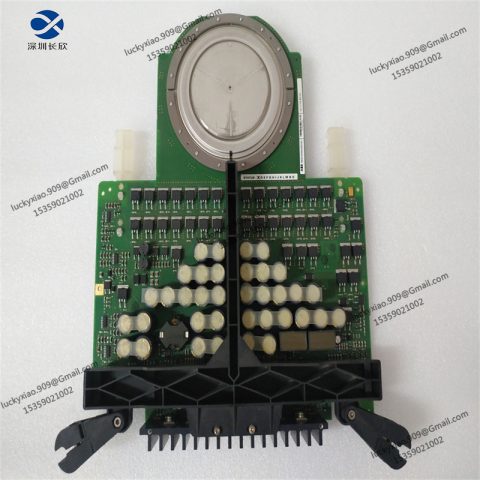
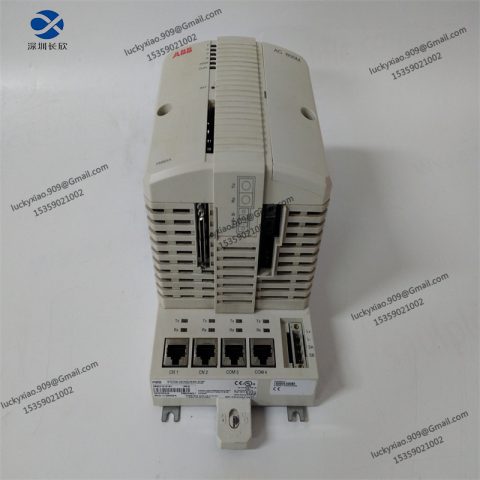
There are no reviews yet.